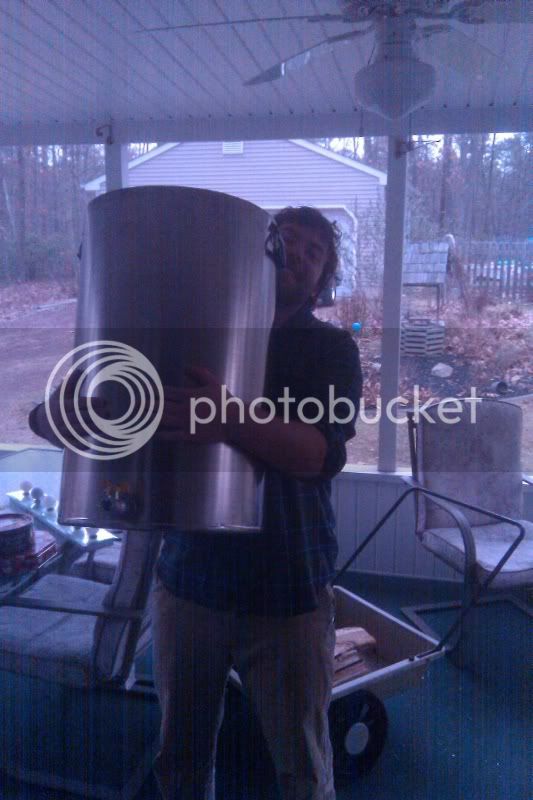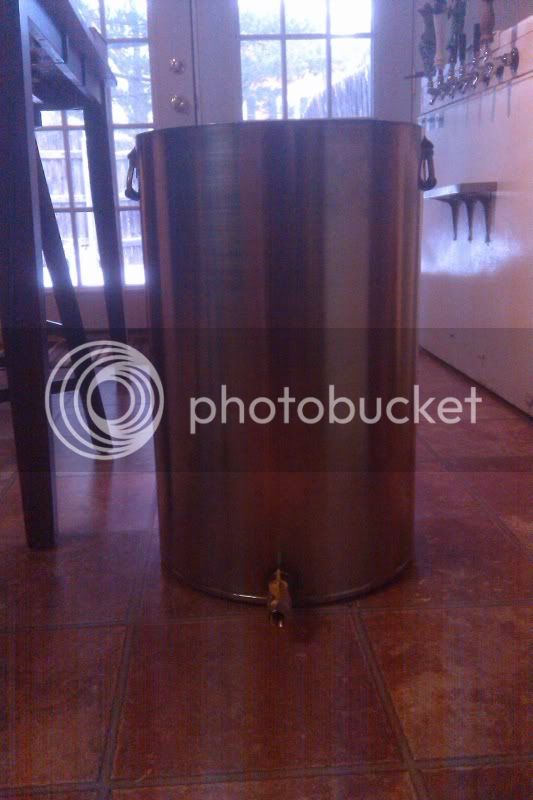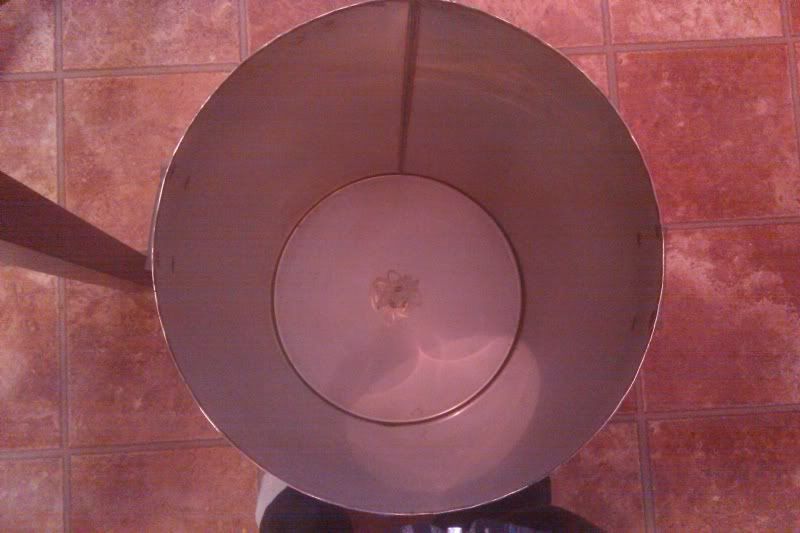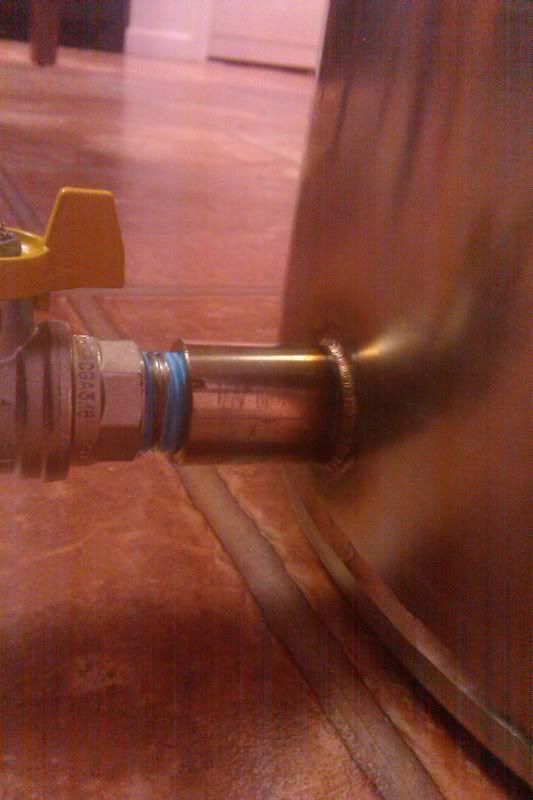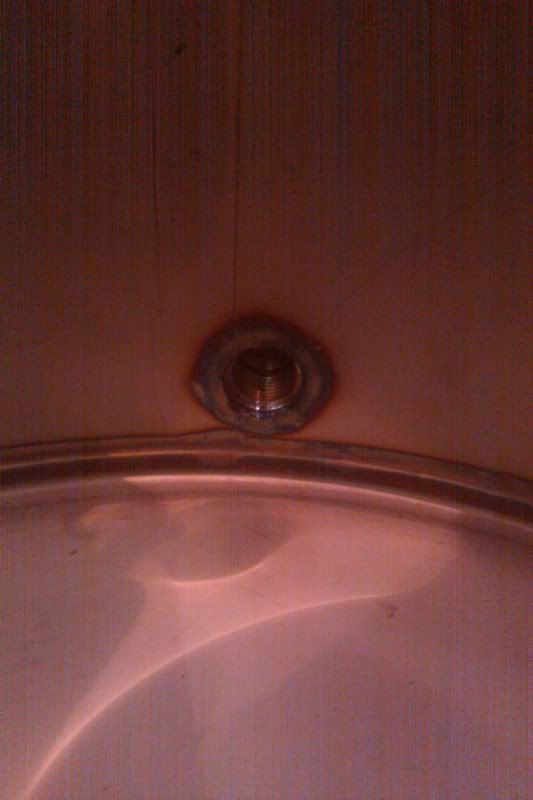One more opinion ( I know, everyone has one and they all stink...). If you have a GFCI and proper grounds there is very little safety to be gained by having both legs switched and an increased chance of failure and an increased cost. Why would I say this? If your SSR is off, then the 240V circuit is open, so no current is allowed to flow, regardless of the "hot" leg. At that point, the for the hot leg to complete a circuit, any circuit, there would need to be a closed path. This could only be created by the current being offered a different path than the intended path, which would require either the element being exposed or you or something else touching a contact and offering a path to ground or neutral. If the element were exposed there would be a leakage current to ground through the solution in the kettle/RIMS/whatever that would trip the GFCI, powering down your entire system before you can blink. If you become the path it's because you were digging around inside the panel or the element housing with the power on. Chances are if you didn't shut the power off before doing this, you also didn't turn your PID/PWM down to zero either. Furthermore, unless you are touching the one hot lead with one hand AND a neutral (which won't be present in your element wiring, but could be in your panel) you won't complete a circuit that won't trip your GFCI.
On the other hand, SSR's are very unlikely to fail, but doubling the number of SSR's doubles the failure rate. Add in the additional cost of the SSR and remember that each SSR will generate the same amount of heat, so now you'll have to manage twice that of a single SSR per element which also costs money and I just don't think that the benefits outweigh the costs.
Going back to what I consider the most important aspect, there should never be a chance that you can contact a live wire of any sort when the system is energized, regardless of what you're PID's set at. For instance, you probably use your oven a few times a week without worrying about getting electrocuted. Your brewery should be the same. You wouldn't replace the power cord on your stove without unplugging it first, though, would you? Heck, I even shut the breaker off before unplugging the thing, just in case.
Sorry if this post got way too long. If you want SSR's on both legs, do it! I really don't want this post to be inflamitory, and I'm not knocking anyone else's design. I just wanted to emphasize that there are what I feel to be more important safety considerations, such as proper GFCI protection, intrusion prevention, secure wiring and mounting, and common sense (don't open the case when the power's connected).
On the other hand, SSR's are very unlikely to fail, but doubling the number of SSR's doubles the failure rate. Add in the additional cost of the SSR and remember that each SSR will generate the same amount of heat, so now you'll have to manage twice that of a single SSR per element which also costs money and I just don't think that the benefits outweigh the costs.
Going back to what I consider the most important aspect, there should never be a chance that you can contact a live wire of any sort when the system is energized, regardless of what you're PID's set at. For instance, you probably use your oven a few times a week without worrying about getting electrocuted. Your brewery should be the same. You wouldn't replace the power cord on your stove without unplugging it first, though, would you? Heck, I even shut the breaker off before unplugging the thing, just in case.
Sorry if this post got way too long. If you want SSR's on both legs, do it! I really don't want this post to be inflamitory, and I'm not knocking anyone else's design. I just wanted to emphasize that there are what I feel to be more important safety considerations, such as proper GFCI protection, intrusion prevention, secure wiring and mounting, and common sense (don't open the case when the power's connected).



